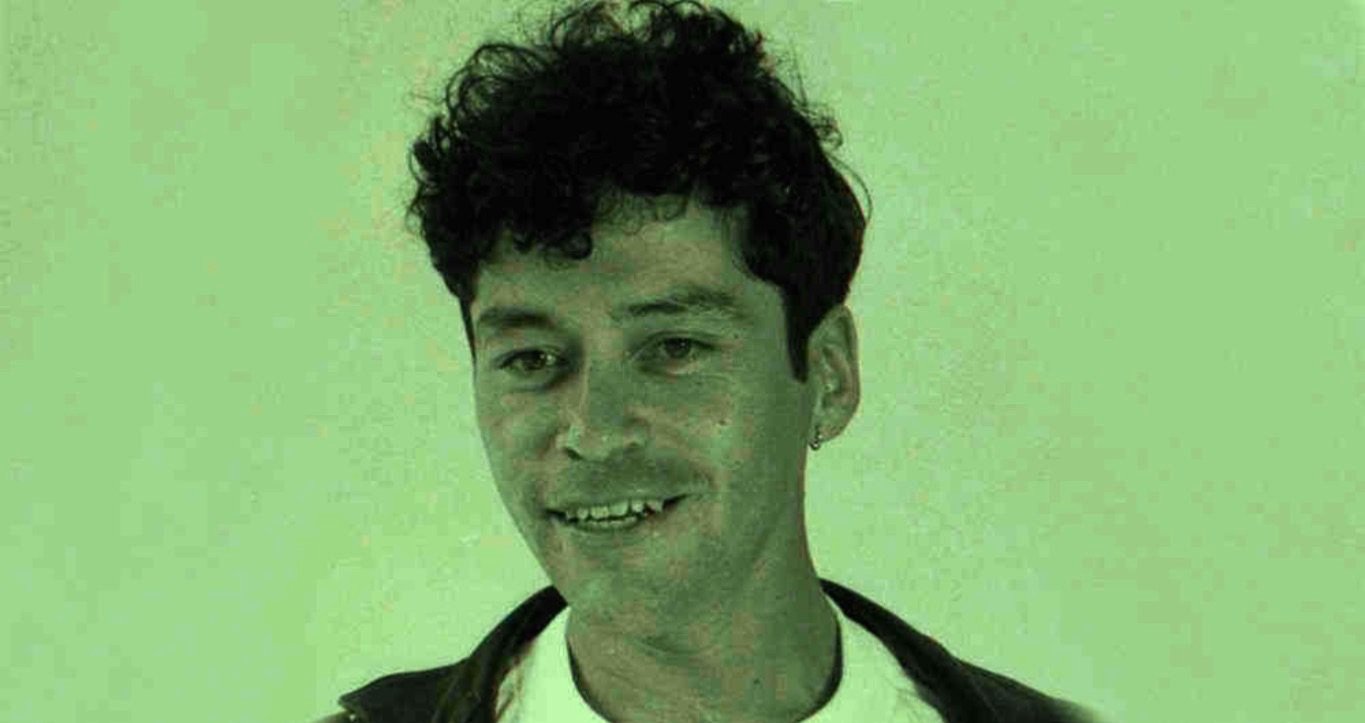
“…And the pleasure blooms to die”
“For Fernando Molano Vargas (1961-1998), literature was a matter of life and death, a matter of survival. In his work, literature becomes a form of salvation where he and his lover can find refuge from a world of misery and suffering. Literature has multiple encompassing approaches which allow the author to explore relevant issues and situations concerning the triple marginalization (poverty, homosexuality, and HIV/AIDS) to which he was subject and puts a mirror up in front of society concerning themes of homoerotic desire, homosexuality, and discrimination. To one extent or another, these elements affected and inspired Molano, who, against all the odds, became a symbol of perseverance for the LGBTQ community in Colombia, that saw in him as a creative and talented individual whose work deserved to be visible, even if recognition mostly came after his death. Molano represents the marginalized writer, a fighter against inequality and unkindness, a human being who dedicated his life to writing, going against tradition, society, and even his own family. Molano’s discourse is in solidarity with the underrepresented homosexual man and finds inspiration in his own life in that most of his work is autobiographical. It resulted in two novels and a book of poems, works that testify to the imagination and creativity of its author.”(Nayid Jesus Contreras, 2017)
A parallel life…
Fernando Molano's first novel is called Un beso de Dick and was published in 1992. It tells the love story between two teenage men who are at school. When the composer and musician Juan Sebastián Cardona read it in 2013, he saw a part of his life reflected. He was reminded of his first love, of two men exploring their sexuality openly.
But in 2016, a book by Fernando Molano left an indelible mark on him. At that time he lived in Bogotá where he was employed as a music teacher. As he read Vista Desde Una Acera (View from a Sidewalk) 2012, his favorite Molano novel, for the second time, he noticed a series of coincidences.
Fernando, the narrator of the novel, tells that he grew up in a house built by his father on South 27th Street in the San José neighborhood. Sebastián lived near that street, in the same sector of the city. He also spent many days reading at the Luis Ángel Arango, a place that Fernando Molano frequented many times during his life. This was also the very same library that Molano’s manuscript for his final novel was discovered several years after his death.“It was a time when I was very lonely and I enjoyed that solitude there,” Sebastian says.
Seeing so many symmetries between the universe of Fernando Molano and his own life, Sebastián with that second reading of View from a sidewalk (2012), has used Molano’s writings to inspire several of his works. (Andres Camilo Torres)
